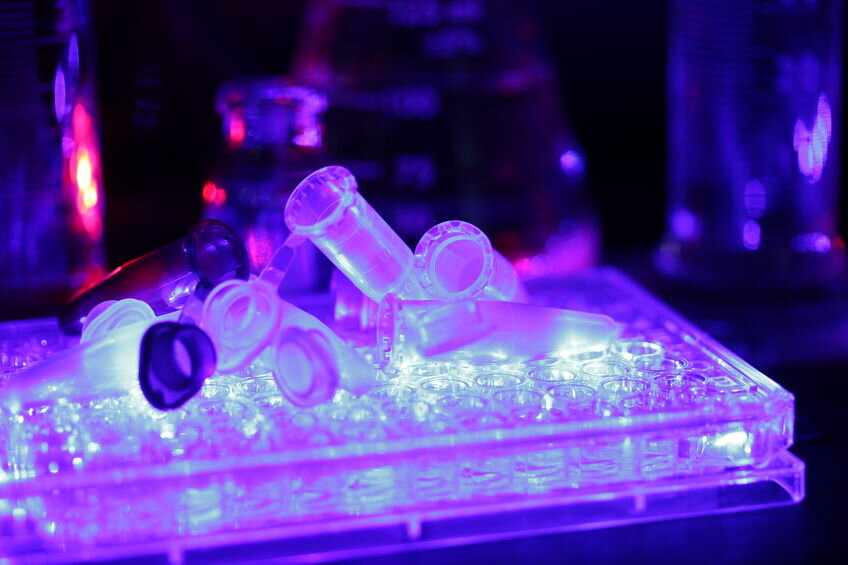Since many biology labs are working at limited capacity due to COVID-19 , I wondered if any of the UV disinfection technologies used in the healthcare sector could improve safety and sustainability in biology workspaces. To consider any practical options, I dug up some recent studies and spoke with the Director of the University of New Hampshire Environmental Engineering Research Group, James Malley Ph.D., who is a respected expert on UV theory and practice. It turns out that there are strict scenarios for UV technology to improve safety and sustainability.
Read MoreMIT's MASH alarm is an easy, effective and inexpensive way to save VAV fume hood energy
When you leave a freezer door ajar in your kitchen, what happens? The refrigerator beeps, right? This warning is a simple and effective signal to avoid a problem. Behavioral scientists might describe that “beep” as an auditory prompt. It’s a cue to help people extinguish an unwanted behavior. The MASH alarm works in a similar way. The device beeps after no motion is detected for three minutes at a hood when the sash has been left too far open.
Read MoreA Video to Inspire more Green Laboratories
Watch this video with a quick green lab tips animation, and an interview with members of the TU Dresden "iGEM Goes Green" team by the life science reagents company, New England Biolabs.
Read MoreGreen Chemistry is the Pinnacle of Lab Safety
Green chemistry is a solution oriented approach to lab safety with economic benefits. In today's green labs tip I would like to refer you to the OSHA Transitioning to Safer Chemicals Toolkit that highlights how efforts to substitute hazardous chemicals with green chemistry is the most effective way to promote laboratory safety.
Read More
